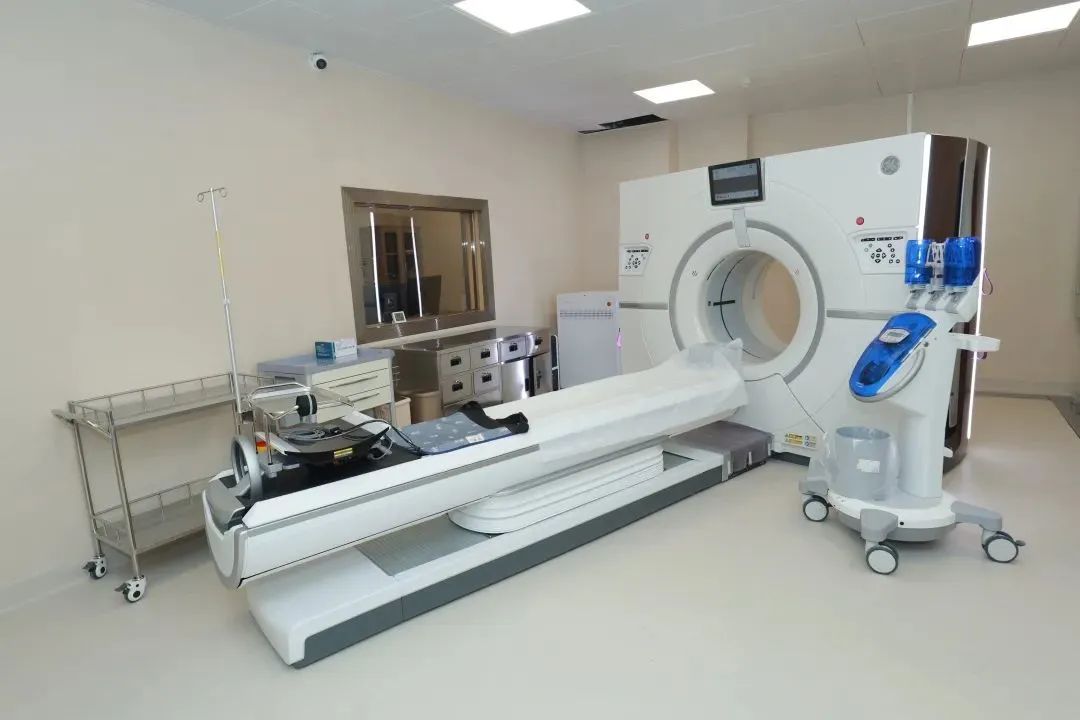Often, people complete a lung CT scan but cannot understand the CT report, as it contains many professional terms whose meanings are unknown. Today, this article will explain some of the common terms found in the report.
1. Pulmonary nodules: Generally refers to nodules less than 10 millimeters in size, most of which are benign, but a few may be tumors.
2. Pulmonary micronodules: Generally refers to nodules less than 5 millimeters in size, the vast majority of which are benign or in a benign state. Patients only need regular follow-up without affecting their health.
3. Miliary pulmonary nodules: Generally refers to multiple nodules within the lungs, with very small diameters of 1-2 millimeters, most of which are benign.
4. Calcified lesions: Typically scars left behind after inflammation or tuberculosis have healed, representing a relatively stable lesion that neither grows nor disappears.
5. Fibrous stripes: Mostly scars left behind after lung infections have resolved, also stable lesions, classified as benign changes.
6. Pleural thickening: Associated with pleurisy or pleural inflammation, indicating a re-growth of the pleura on the basis of existing pleural lesions, usually with no obvious symptoms and little clinical significance.
7. Proliferative lesions: Generally described as pulmonary fibrous proliferative lesions, appearing as solid nodules on chest CT, typically old inflammatory lesions that do not progress to malignancy or grow, requiring regular check-ups.

CT examination
8. Hard nodules: Recently discovered, may be caused by pulmonary tuberculosis; if present for a long time, may indicate chronic inflammation; if they increase during follow-up and show malignant characteristics, consider tumors.
9. Patchy shadows: Mostly caused by infectious reasons, such as pneumonia, pulmonary infections, tuberculosis, etc., with very few cases associated with lung cancer, but representing early-stage lung cancer.
10. Ground-glass opacity: Ground-glass nodules generally have clear boundaries, while ground-glass opacity has blurred boundaries. Benign ground-glass opacity mainly includes inflammation, fibrosis, bleeding, and pulmonary tuberculosis. When it contains solid components or grows, consider early-stage tumors.
